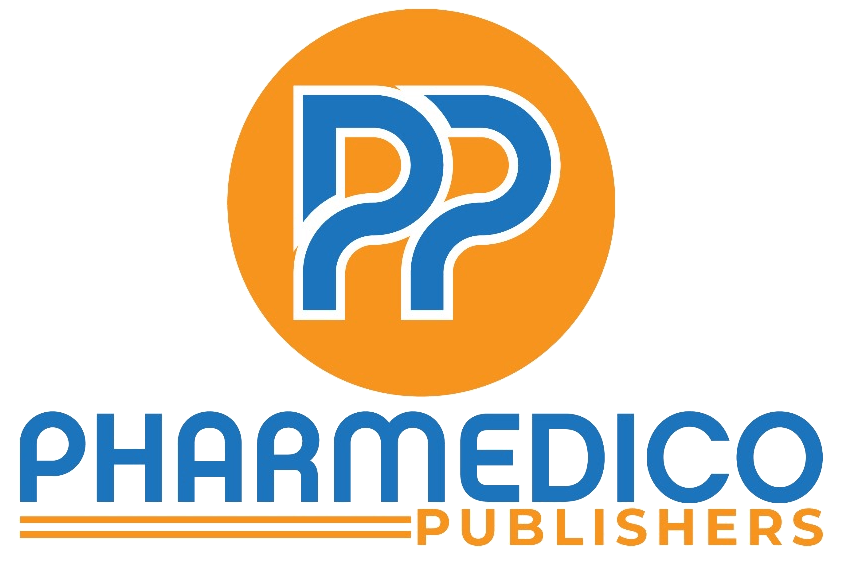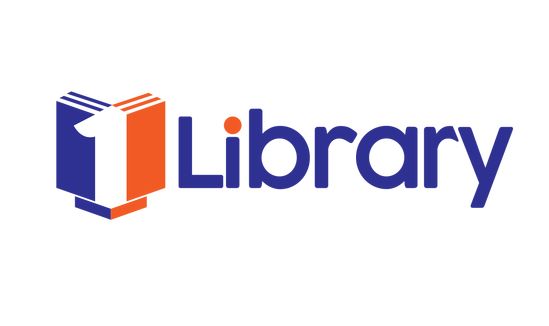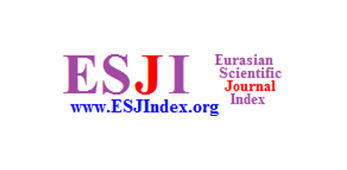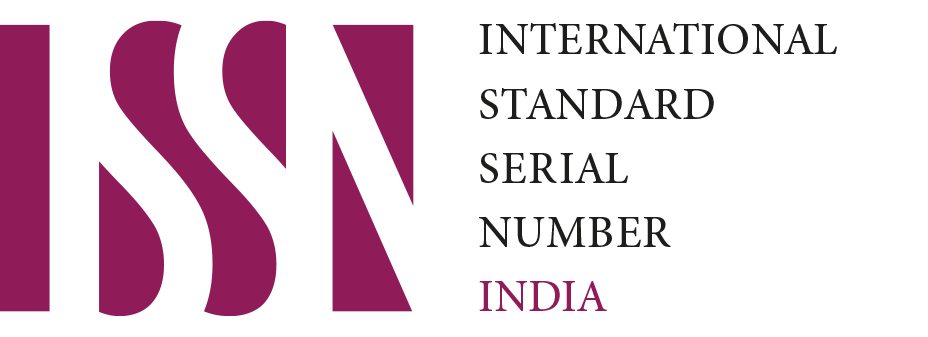OMICRON: THE VARIANT OF CONCERN
THE DEVELOPMENT OF AYURVEDA: FROM ANCIENT PRACTICE TO MODERN FAD
CANCER IMMUNOTHERAPY: A PROMISING DAWN IN CANCER RESEARCH
Journal
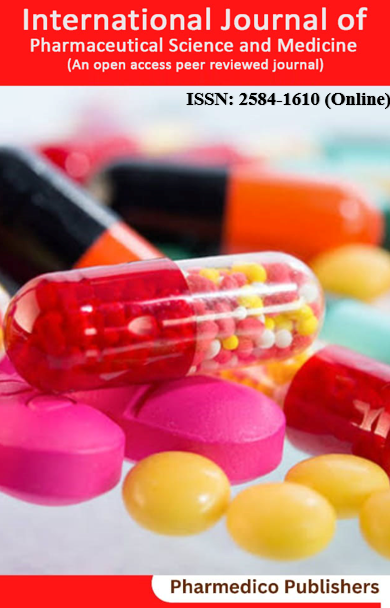
News & Updation
1. Article also Invited for Publication in IJPSM for Oct-Dec 2025 Issue
2. New Issues published
Indexing
Track Manuscript
Pharmedico Publishers is an open-access, international research based publishing house committed to providing a 'peer reviewed' platform to outstanding researchers and scientists to exhibit their findings for the furtherance of society to provoke debate and provide an educational forum. We are committed about working with the global researcher community to promote open scholarly research to the world. With the help of our academic Editors, based in institutions around the globe, we are able to focus on serving our authors while preserving robust publishing standards and editorial integrity... Read more
The International Journal of Pharmaceutical Science and Medicine is dedicated to advancing pharmaceutical science through the publication of high-quality, peer-reviewed research. Our mission is to provide a platform for the global scientific community to share innovative findings, foster academic discussion, and promote knowledge exchange in the field of pharmaceutical sciences and medicine.
We are committed to publishing original, scientifically rigorous, and ethically sound research that contributes to the advancement of health and medicine. By upholding the highest standards of editorial...Read more
The International Journal of Pharmaceutical Science and Medicine (IJPSM) and its Publishing House are committed to the timely publication of peer-reviewed articles, ensuring adherence to the highest ethical standards in publishing. Authors submitting manuscripts to IJPSM are required to fully comply with current ethical standards in their respective disciplines. Manuscripts submitted to the journal must report original research, and the original data should be available for review by the editor if necessary.All authors of a manuscript must have agreed to...Read more
The International Journal of Pharmaceutical Science and Medicine (IJPSM) is committed to maintaining the highest standards of publication. Our editorial policy emphasizes originality, scientific rigor, and relevance to a multidisciplinary audience. We aim to publish high-quality, innovative, and reproducible research that contributes to the advancement of pharmaceutical science and medicine.
1. Originality and Novelty
2. Experimental Data and Technical Substantiation
3. Authors' Consent and Final Manuscript Approval
4. Ethical Standards for Human and Animal Research
5. Plagiarism and Citation
6....Read more
Latest Article
